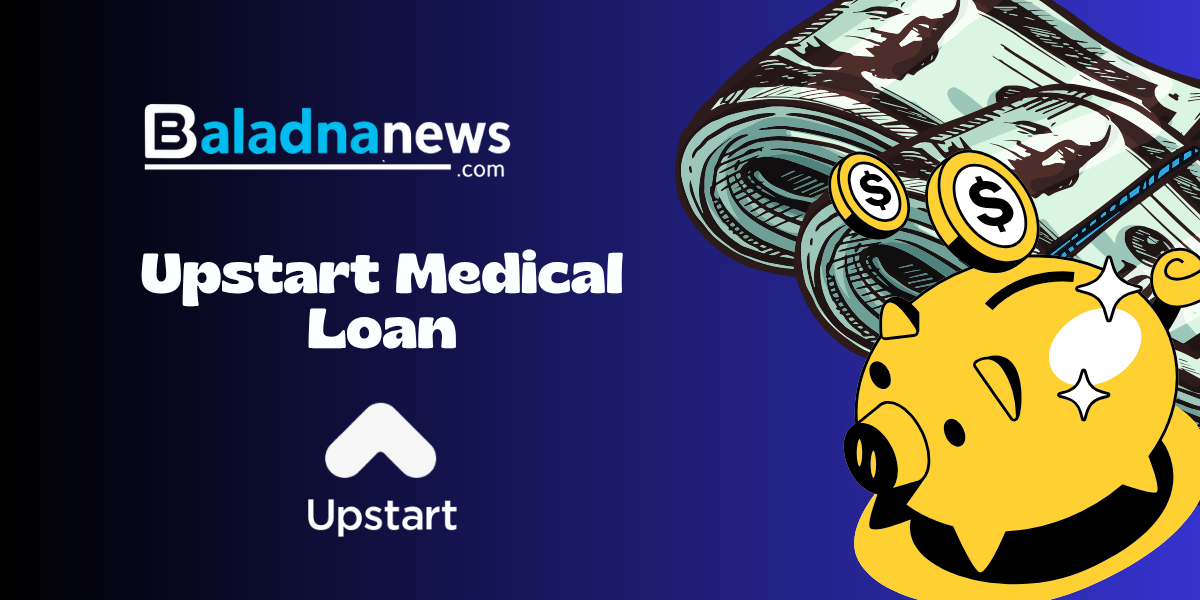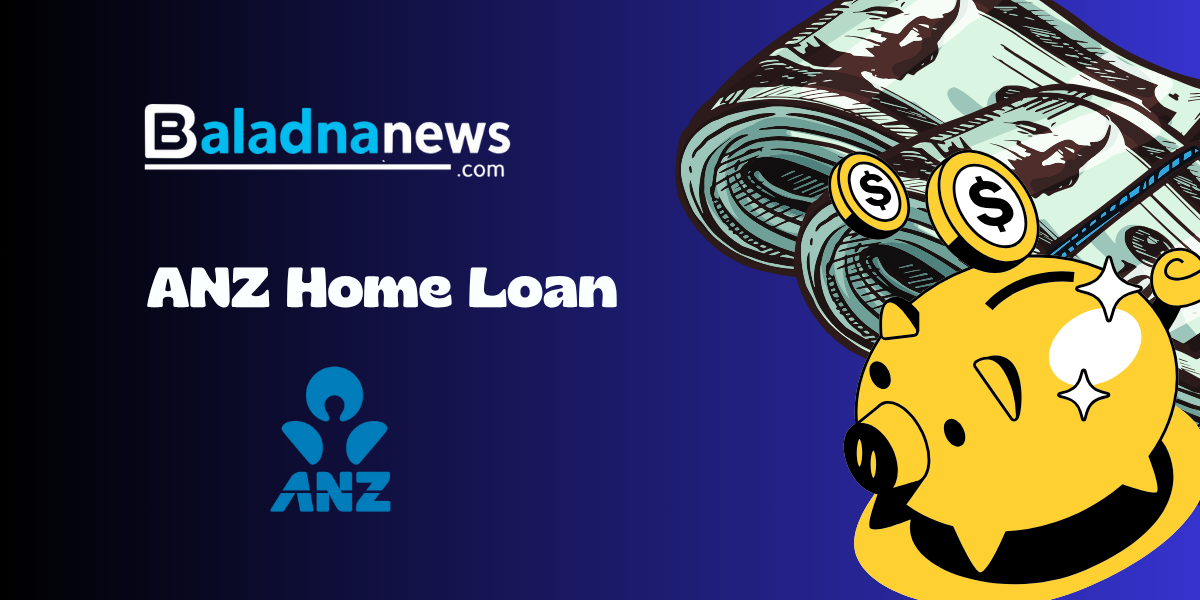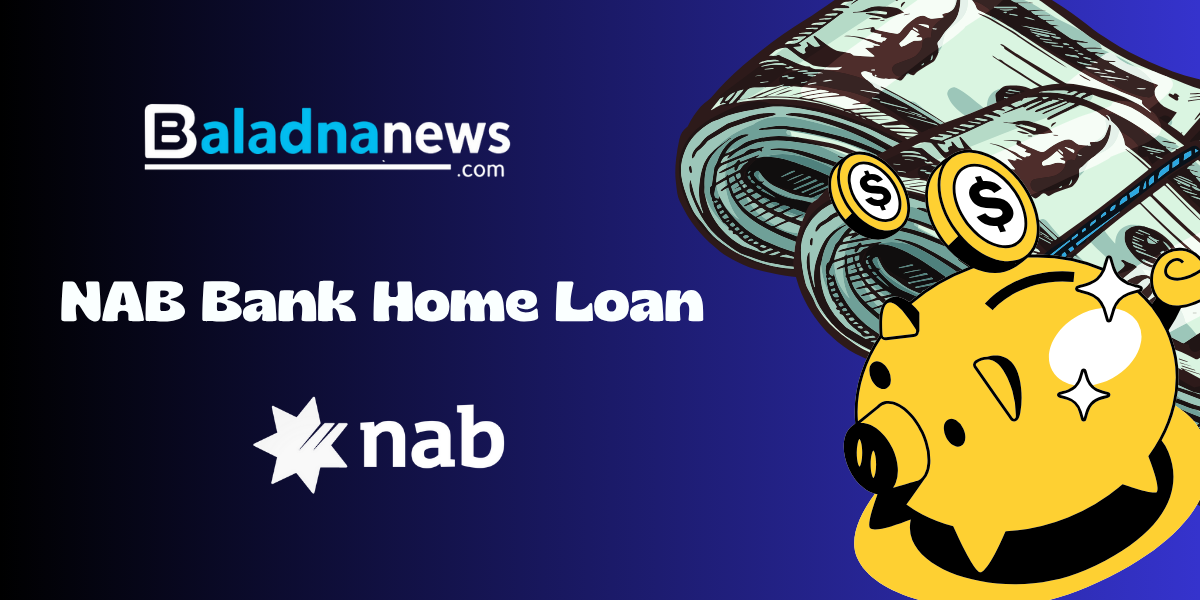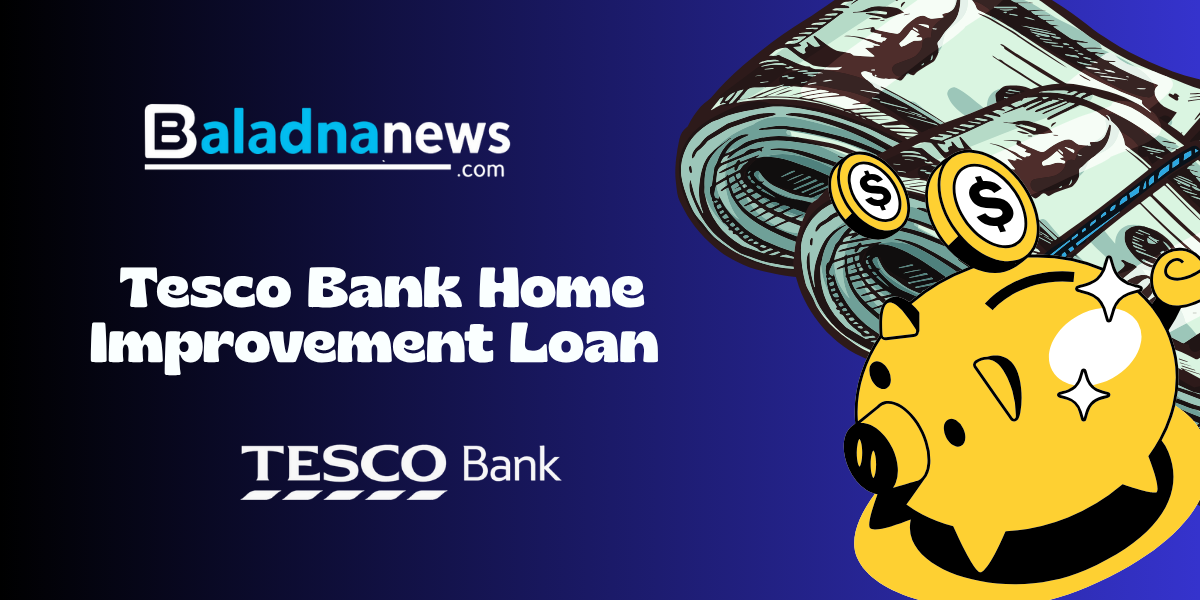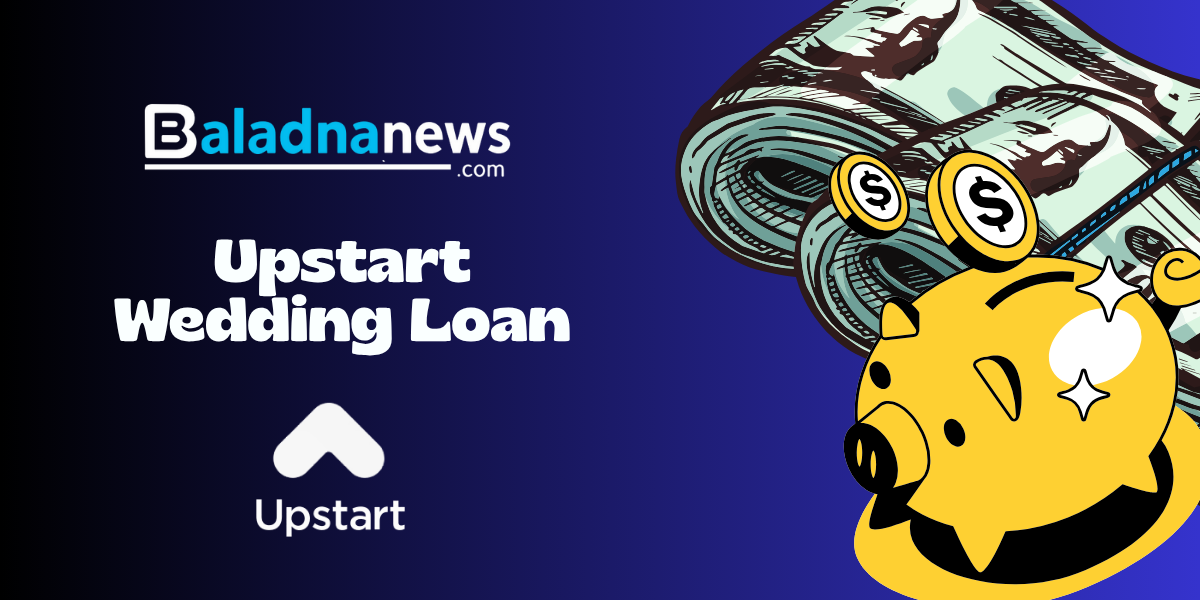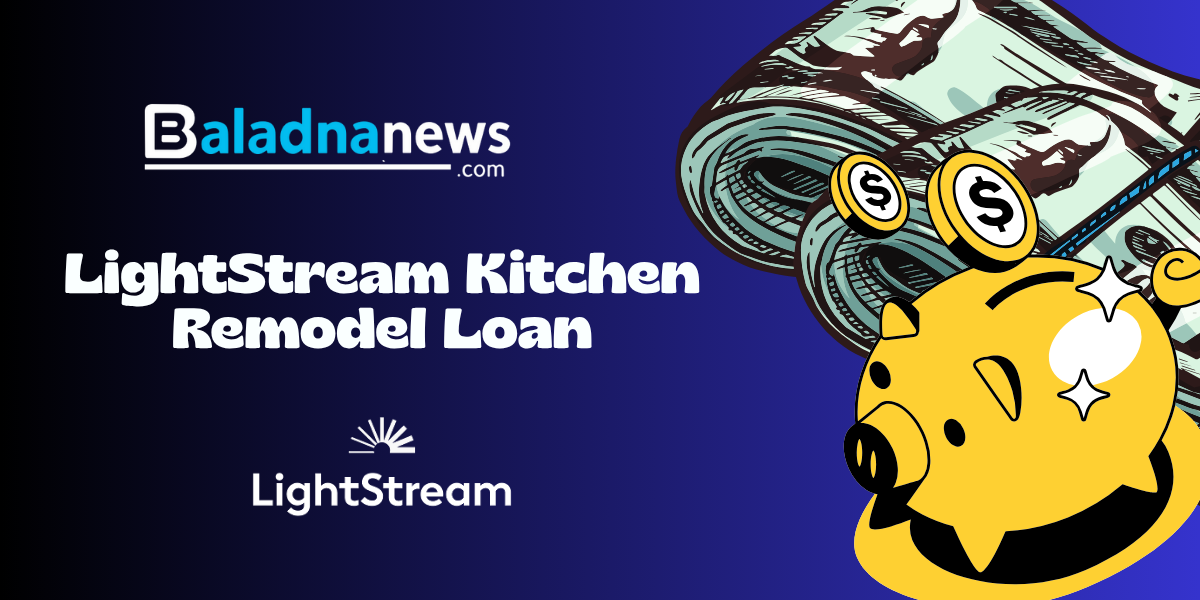
Buying a new home before selling your current one can feel like navigating a tightrope. A short-term financing solution bridging gaps exists to guide you across that span: the bridge loan. This article dives deep into how bridge loans work, when they make sense, and how to apply with confidence.
A bridge loan, also known as gap financing or a swing loan, is a short-term financing solution bridging gaps during your home transition. It allows you to secure funds against the equity in your current property to purchase a new home without waiting for the sale of your existing house.
These loans are typically interest-only payment structure until sale, making them different from traditional mortgages. By leveraging the value already built into your home, you gain access to liquidity at a time when timing is crucial.
Bridge loans generally have terms from three to twelve months, although six months is most common. You borrow against the equity in your current home—often up to 80% of combined property values—and use the proceeds as a down payment on your new home or to pay off the existing mortgage.
Repayment usually follows one of two patterns: monthly interest-only payments or a lump-sum balloon payment when your old home sells. Preparing for dual mortgage payments is essential if you choose monthly payments, as you may face your existing mortgage, the bridge loan interest, and the new mortgage concurrently.
Qualifying for a bridge loan involves meeting several criteria related to equity, income, and creditworthiness. Most lenders look for:
At least 20% equity in your current home, a credit score above 700, and a debt-to-income ratio below 50%.
Interest rates are commonly two percentage points above the prime rate, making them higher interest rates than mortgages. Closing costs, appraisal fees, and origination fees can add thousands of dollars more, so factor these into your budget.
Here’s a side-by-side comparison with a traditional mortgage:
However, the convenience comes at a price. You’ll likely face requires a robust repayment strategy to manage dual payments, and the interest rates and fees surpass those of conventional loans. Plus, if your home doesn’t sell within the term, you risk rolling the debt into another loan or facing default.
If a bridge loan seems too steep, consider these options:
Each alternative carries its own risks and timelines, so evaluate your equity position, market conditions, and comfort with financing costs.
The application process mirrors that of a mortgage but with additional focus on your existing property. You’ll need:
Recent bank statements, credit reports, a detailed plan for selling your current home, and an appraisal. Some lenders streamline both the bridge loan and the new mortgage, simplifying documentation and closing.
Be prepared to list your home for sale, as many lenders require a firm listing before approving the bridge loan. Once your old home has a buyer, you can pay off the bridge loan in full, typically with proceeds from the sale.
Bridge loans empower buyers in fast-paced markets, but they demand financial discipline and planning. Ask yourself:
If you answer yes to these and need to act fast, a bridge loan could be the key to competitive homebuying without sale contingencies. Otherwise, explore HELOCs or traditional mortgages with contingencies to minimize risk.
Bridge loans can feel complex, but with clear goals and a solid plan, they offer a powerful tool for seamless home transitions. By understanding the terms, weighing the pros and cons, and preparing your finances, you can confidently navigate your next home purchase without missing a beat.
References






